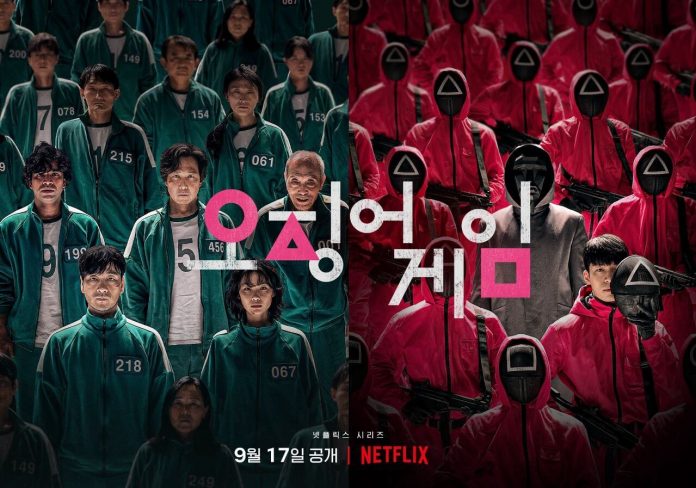Netflix’s Squid Game charmed the world for being everything Korean dramas are not. Gory, glorious, and macabre — it was not a fairytale with a happy ending. Yet, Player 456, plus his friends (a few) and foes (many) made us all Squid Game fans for nine hours straight. We want to know more about each character, game, and scene — so much so that we’re anxious about it.
Why is Seong Gi-Hun so bankrupt in a country so rich? How in the world did Ali Abdul end up there? What’s behind Sae-Byeok’s desperation to get her parents out of North Korea?
We don’t have the answers but Coursera’s over 3,000 courses, specializations, and professional certificates do. Here are five of our favourites. The best part? They’re free.
At its surface, Squid Game’s violence is clear. There are guns, broken bones and blood-stained tracksuits. Look closer, however, and there are other unseen pain and suffering. Seong Gi-Hun’s debt crippled and dehumanised him just as the games did.
Cosplayers dressed as Squid Game contestants during Day 4 of New York Comic Con 2021 at Jacob Javits Center on October 10, 2021 in New York City. Source: Ilya S. Savenok/Getty Images for ReedPop/AFP
In this free course by Emory University, you’ll be able to explore different forms and causes of violence, plus join a lecture by former US President Jimmy Carter on his life and work in human rights.
If the film “Parasite” introduced us to the dark side of South Korea’s miracle transition from agricultural to high-tech economy in a few short decades, Squid Game jolted us to the severity of its debt crisis.
South Korea has the highest household debt in South Korea, at over 100% of its GDP. The top 20% of society have a net worth 166 times of the bottom 20%. These are alarming figures that explain why Seong Gi-Hun could not regain his life after losing his job and the disdain regular Koreans show towards the VIPs.
With this free course by Yonsei University, you’ll learn how the Korean economy had evolved since its independence from Japan in 1945. Major policies from each decade are analysed and you’ll see how they affect the Korean economy.
A little bit of chaos, a whole lot of simplicity and a cash reward of US$38 million — with these features, Squid Game’s five rounds have got people — literally — dying to play it. How they got us hooked on our screens looking at marbles, cutting cookies and the likes for nine episodes, however, is largely due to how easy, yet titillating each game was.
Simplicity and elegance are the work of masters, but you can follow in their footsteps with this free course by the California Institute of the Arts. It explores the basics of video game design, story, character development, and winning gameplay. You’ll also have a personal game project, outlining the conceptual, narrative and aesthetic elements of your game.
Women pose for selfies as they sit on a bench along the Han River in Seoul on September 15, 2021. Source: Anthony Wallace/AFP
Someone, somewhere made Jang Deok-Su the thug he is. Sangwoo and Gi-Hun revere their mothers. Ji-Yeong sacrifices her life to help Sae-Byeok reunite with and take care of her family. All of this does not exist in a vacuum.
In Squid Game and the rest of South Korea, gender plays a crucial role. In this free course by Yonsei University, you’ll explore how masculinity and femininity are influenced by social, cultural, and political change in Korean society, starting with the Confucianisation of Korean society during the Joseon Dynasty (1392-1910) up to contemporary South Korea.
Squid Game’s subtitles are reportedly so bad that South Koreans say they are “personally attacked” by the “plain wrong” translation full of “vast inconsistencies and errors.”
Only understanding Korean would do justice to director Hwang Dong-Hyuk’s vision. This free course is a good first step for those who are familiar with the Korean alphabet, Hangeul. You’ll learn vocabulary, grammar and expressions, conversation practice — everything you need to interact with Koreans.






